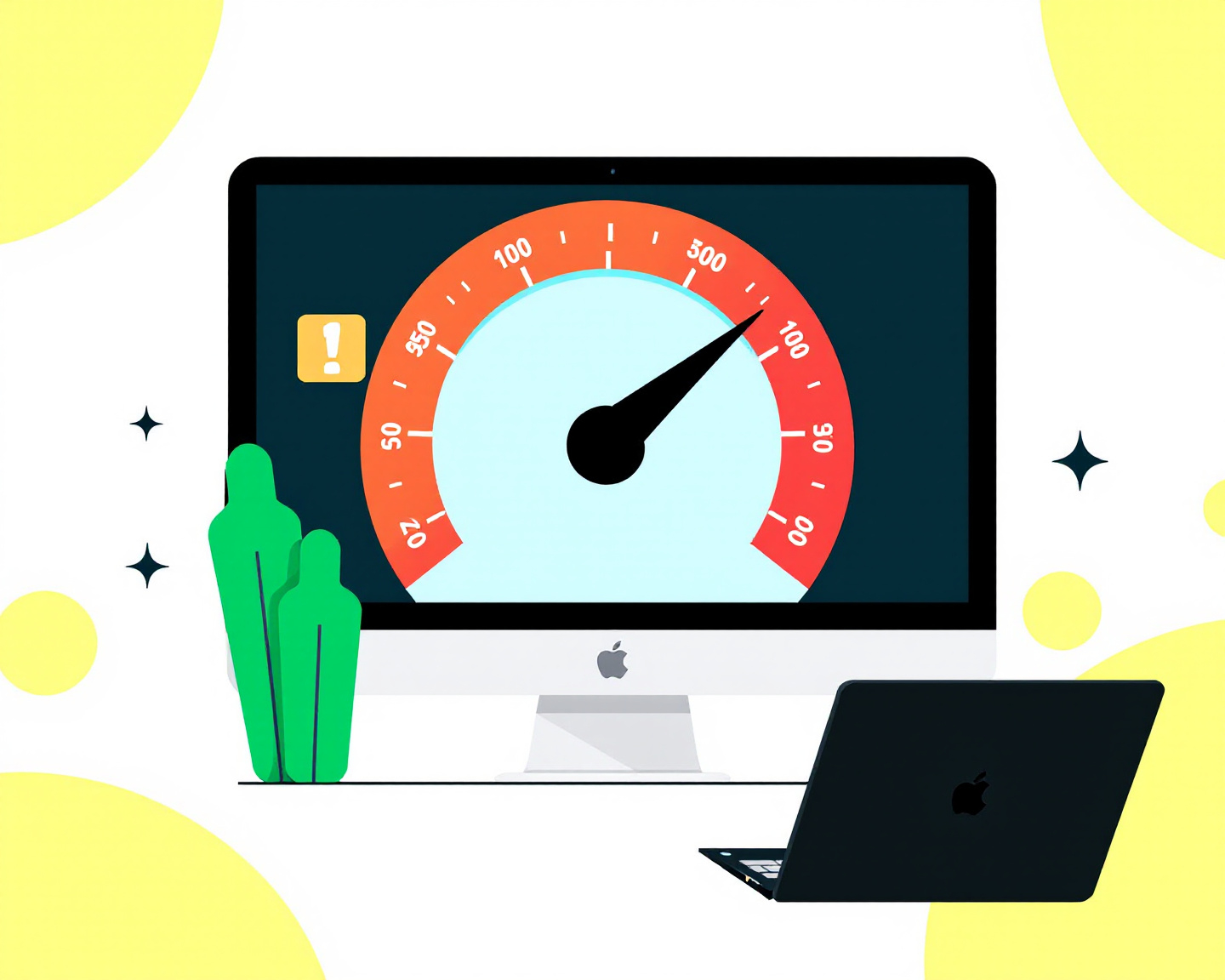Website speed is one of the most important factors in determining the success of a website. A slow-loading site can frustrate visitors, leading to higher bounce rates, lost conversions, and ultimately lower rankings in search engine results. Search engines like Google prioritize fast websites in their rankings, making website speed optimization a critical component of basic SEO strategies.
In this guide, we’ll explore why speed matters, how it affects search engine rankings, and how to improve website speed and performance to enhance user experience and increase visibility.
Why Website Speed Matters for SEO
Website speed directly affects user experience and search engine rankings. Here’s why:
- User Retention & Engagement – Studies show that visitors expect a site to load in two seconds or less. Any delay leads to frustration and increases the chance they’ll leave the site without interacting further.
- Search Engine Ranking Factor – Google has confirmed that website speed is a ranking factor. A slow website can lower its position on search engine results pages (SERPs).
- Conversion Rates – Faster websites have higher conversion rates. Every second of delay reduces customer satisfaction and can lead to revenue loss.
- Mobile-First Indexing – With mobile searches surpassing desktop searches, website speed is even more crucial. Slow mobile performance can significantly hurt rankings.
Now that we understand why speed matters, let’s discuss how to improve website speed and performance with actionable techniques.
How to Improve Website Speed and Performance
1. Optimize Images and Media Files
Large image and video files can slow down a website significantly. To fix this:
- Use compressed image formats like WebP instead of JPEG or PNG.
- Resize images to fit their required display size.
- Use lazy loading, which only loads images when they are needed.
- Host videos on third-party platforms like YouTube or Vimeo instead of self-hosting.
Optimizing images is one of the easiest ways to improve website performance without compromising quality.
2. Enable Browser Caching
Browser caching allows a visitor’s browser to store static elements like images, stylesheets, and JavaScript files so that they don’t have to be downloaded again when the user revisits the site.
To enable caching:
- Configure Expires Headers to specify how long elements should be stored.
- Use Cache-Control headers to manage browser caching rules.
- Implement content delivery networks (CDNs) to serve cached content quickly.
3. Minify and Compress Code (HTML, CSS, JavaScript)
Web pages often contain unnecessary characters, spaces, and comments in their code, making them larger than needed. Minification removes these unnecessary elements and reduces file sizes.
To minify code:
- Use tools like Google PageSpeed Insights or GTmetrix to analyze minification opportunities.
- Use online minifiers or plugins like Autoptimize (for WordPress) to automate the process.
- Combine multiple CSS and JavaScript files to reduce HTTP requests.
This can significantly improve website speed by reducing page load times.
4. Use a Content Delivery Network (CDN)
A CDN distributes website content across multiple servers worldwide, ensuring users download data from the nearest server location. This reduces latency and speeds up website performance.
Popular CDNs include:
- Cloudflare – Free and premium plans available.
- Amazon CloudFront – A robust CDN solution for enterprise websites.
- Fastly – A high-speed CDN optimized for modern web applications.
5. Choose a Fast and Reliable Hosting Provider
Your web hosting provider plays a crucial role in website performance. If you are on a slow shared hosting plan, it may be time to upgrade.
Options to consider:
- Shared Hosting – Affordable but slow due to multiple sites sharing resources.
- VPS (Virtual Private Server) – Faster performance with dedicated resources.
- Dedicated Hosting – Best performance but expensive.
- Managed WordPress Hosting – Optimized for WordPress users.
If your site is experiencing slow load times, consider upgrading your hosting plan.
6. Optimize Your Database
For websites that rely on databases (e.g., WordPress, Magento), regular optimization is necessary to improve website speed.
Ways to optimize your database:
- Delete unnecessary data (e.g., old revisions, spam comments).
- Use database optimization plugins like WP-Optimize for WordPress.
- Limit post revisions to reduce database bloat.
- Regularly clear transients and cache data.
A clean, well-maintained database can dramatically improve website performance.
7. Reduce HTTP Requests
Each webpage load triggers multiple HTTP requests for images, scripts, and stylesheets. Reducing the number of requests can improve website performance.
How to minimize HTTP requests:
- Use fewer images where possible.
- Combine CSS and JavaScript files into single files.
- Enable asynchronous loading for non-essential scripts.
- Remove unnecessary plugins and third-party scripts.
By cutting down on HTTP requests, page load speed can improve dramatically.
8. Enable Gzip Compression
Gzip compression reduces the size of web files before they are sent to the user’s browser, improving load times.
To enable Gzip compression:
- Use server-side compression via Apache or Nginx settings.
- Enable Gzip compression through WordPress plugins like WP Rocket.
- Test compression using Google PageSpeed Insights.
9. Optimize for Mobile Performance
Since Google uses mobile-first indexing, optimizing for mobile is essential for SEO for beginners.
Ways to improve mobile speed:
- Use responsive design to adapt to different screen sizes.
- Optimize touch elements for usability.
- Avoid pop-ups that interfere with user experience.
- Use AMP (Accelerated Mobile Pages) for lightning-fast loading.
Focusing on mobile optimization will improve website speed for users on smartphones and tablets.
10. Monitor Performance and Make Continuous Improvements
Once you implement these changes, you must continuously monitor website performance.
Recommended tools for tracking site speed:
- Google PageSpeed Insights – Analyzes speed and provides optimization suggestions.
- GTmetrix – Measures load times and provides a performance score.
- Pingdom Website Speed Test – Checks site speed from multiple locations.
By consistently monitoring performance, you can ensure that your website remains fast and optimized for how-to-SEO best practices.
Final Thoughts
Improving website speed and performance is not just about SEO—it directly impacts user satisfaction, engagement, and conversion rates. A fast-loading site encourages visitors to stay longer and interact more, which in turn helps improve rankings on search engines like Google.
To recap:
✔️ Optimize images and media files.
✔️ Enable caching and use a CDN.
✔️ Minify code and reduce HTTP requests.
✔️ Upgrade hosting and optimize your database.
✔️ Monitor performance and make regular improvements.
By following these steps, you can significantly improve website speed while enhancing your SEO strategy and overall website performance.
Need more help? Start implementing these techniques today to see real results in site speed and search rankings! 🚀 Contact us to get started!



